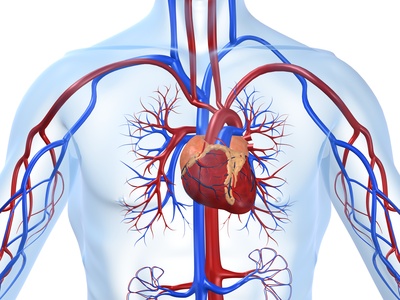Courtesy of Dr. Brian Nazareth Donato.

This retrospective study analyzed patients with stable and unstable angina and non ST myocardial infarction from one single institution during one year. These patients received PCI and troponin levels were analyzed before and after procedure. The study assessed mortality, recurrent AMI and repeat revascularization.
Results: of 516 analyzed patients, 53 (10.3%) presented AMI type 4a, 116 (22.5%) myocardial injury (5 fold troponin elevation over normal values) and 347 (67.2%) did not show any significant changes in cardiac marker values, which made them the control group.
At one year follow up, there were no clinically significant differences in mortality between the three groups (p=0.13). Recurrent AMI was similar in both AMI 4a and myocardial injury groups, which showed significantly higher values than the control group (p=0.03).
Procedural complexity varied between the groups: there was a higher number of stents, longer stent length, more use of rotational atherectomy and more bifurcations treatments in both the AMI 4 a group and MI injury group compared to the control group. When these two were compared against each other, the need for bifurcations was higher in the AMI 4a group.
Conclusions
AMI type 4a was not associated with increased mortality at one year follow up, and it presented higher risk of recurrent AMI, as did MI injury. The higher number of stents, length of stents, bifurcations treatment and the use of rotational atherectomy were associated with higher AMI 4a and myocardial injury incidence.
Editorial Comment
There is a long history of interests and controversy around the definition of periprocedural infarction. What matters is whether it is associated with subsequent adverse outcomes, especially mortality.
Even though this article ─given its design and its sample size─ cannot provide categorical results, it provides encouraging information: a significant number of PCI patients (33% of the population) evolved with increased biomarkers that more often than not prolong hospitalization and even the need for new coronary angiograms justified only by troponin values that are more and more sensitive to diagnosis, and cannot be associated to mortality increase.
Courtesy of Dr. Brian Nazareth Donato.
Hospital Britanico de Buenos Aires, Argentina.
Original title: Type 4a myocardial infarction: incidence, risk factors, and long-term outcomes.
Reference Catheterization and Cardiovascular Interventions DOI 10.1002/ccd. Xiaoyu Yang, Hector Tamez, Carol Lai, Kalon Ho, and Donald Cutlip.
Subscribe to our weekly newsletter
Get the latest scientific articles on interventional cardiology
We are interested in your opinion. Please, leave your comments, thoughts, questions, etc., below. They will be most welcome.




